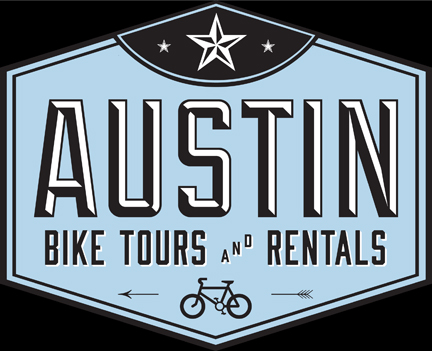Cycling tours are the most environmentally friendly and healthy way to explore Austin, Texas. They also get you closer to the most interesting places and enable you to pass through stunning landscapes at the best pace to admire their beauty.
However, if you’re planning your first bike tour in Texas, there are some things you need to consider. Here are 5 tips to help you plan your first bike tour in the ATX:
Build up to your vacation
You know the expression “It’s like riding a bike?” Yes, of course you remember the way you used to ride your bike back in middle school. However, you’re no longer a kid, and you no longer cycle every evening after school or all weekend. The chances are your body isn’t ready for a long cycling tour.
If you’re only planning on cycling 5 to 10 miles a day at a slow pace, this probably won’t be a problem. Just take your time on the tour. But if you want to enjoy all the longer trails through the Barton Creek Greenbelt, you need to be better prepared.
If you haven’t ridden for 10 years, don’t just turn up to Austin and expect to be capable of cycling 50 miles per day for a whole week. Drag your old bicycle from out the garage and practice. Cycle a little bit each day and slowly build up your stamina. Once you’re strong enough, go for longer rides on Saturdays or Sundays.
Research the best places to cycle around Austin
The area within and surrounding Austin boasts many fantastic bike trails and city sites. For example, the Barton Creek Greenbelt contains 6 popular trails. These range in levels of difficulty and length.
The 10.4 miles long Lady Bird Lake Trail includes ascents and descents that total 266 feet. However, the slopes are gradual and the trail relatively easy. The 5.5-miles-long Violet Crown Trail is shorter and includes an ascent of 151 feet but a descent of 394 feet. It is a more challenging trail than the Lady Bird Lake Trail, with rock ledges, rock gardens, and roots.
If you plan to hire your cycling equipment in Austin, you should research the reputable hire companies before setting off on your vacation. Ensure you hire the right bike for the terrain you intend to cover. And if you’re planning on a more relaxed cycling tour where you join expert-guided tours around the city’s attractions, research the top-rated cycle tour companies in Austin, such as Austin Bike Tours & Rentals.
Be realistic
If you’re used to traveling by car, this will shape your perspective. When you examine the map of Austin and its surroundings, you’ll picture the journey from the city center to McKinney Falls State Park as an easy drive that takes just 16 minutes. By cycle, it will take closer to an hour. Longer if you’re unaccustomed to cycling.
Also, you don’t get as tired while driving as you do while cycling. Your thigh muscles won’t ache after driving for 8 hours. If you’re unaccustomed to regular cycling, factor in a lot of breaks and fewer miles per day.
You should allow extra time in your planned route schedule. Think about breaks for drinks and snacks. Allow plenty of time for visiting the attractions along the way. And allow time for unexpected emergencies, such as punctures and mechanical problems.
Ensure you’re carrying what you need for touring Austin
To rent equipment, such as bikes and helmets, you’ll need a credit card and valid ID in the same name. It’s sunny in Austin, so bring sunblock and carry bottled water to stay hydrated. For casual cycling, wear closed-toed shoes and comfy clothing. If you’re planning longer tours through the countryside, then consider investing in specially made cycling shorts and a bike jersey.
Because you might need to pay for food or drinks, carry sufficient cash. And if you plan to play in the water during any of your adventures, ensure your backpack contains a towel and water shoes. If you don’t like wearing a backpack while cycling, hire a pannier (saddlebag) for your bike.
Stay safe. You’ll need lights for riding at night, a helmet to protect your head, and a lock so you can enjoy attractions without worrying over your bike.
Be extra prepared if you’re headed out alone
If you plan to cycle along remote trails, ensure you carry basic spares and tools. Replacement inner-tubes and the cycle manufacturer’s recommended multi-tool are essential. Spare spokes and brake pads might come in useful over difficult terrain.
And don’t forget your “red-neck tool kit.” A good quality, waterproof duct tape can come in useful for temporary fixes of many problems, like loose mudguards. And if you get into difficulty completing a repair, don’t be ashamed to ask for help from other passing cyclists. She who never made a mistake never made anything.



